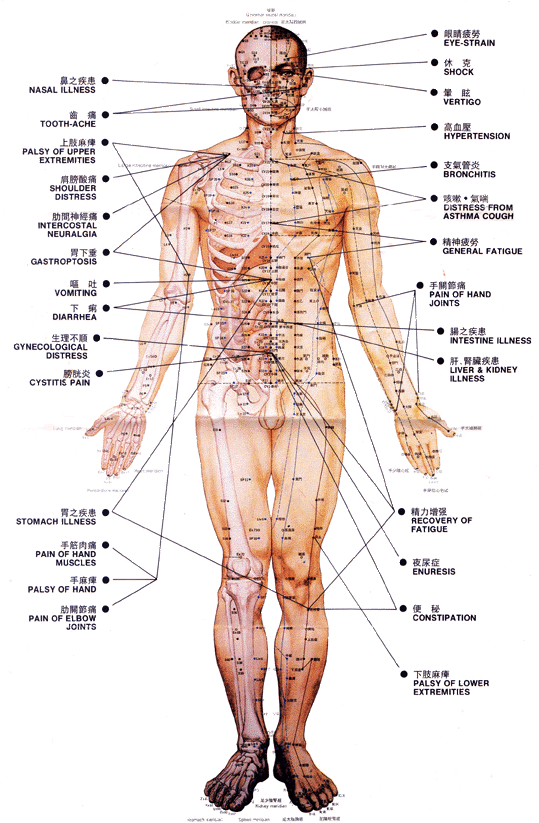Palliative Care
Complimentary and alternative therapies
Acupuncture:
-
Stimulation of acuupoints by slender needles,this alters the force in the body known as 'qi'. Acupoints located in different parts of the body possess different functions based on the needs patients. Typically between 4 -10 needles are selected for use at the same time.
-
The mechanism of action is thought to be due to the stimulation of the nervous system from the pressure points, this induces the release of neurotransmitters which alters the perception of wellbeing. For example, it may affect the hormones/neurotransmitters that modulate stress and pain (serotonin, dopamine, noradrenaline, GABA, endogenous opioids and ACTH) or alter vestibular activities in the cerebellum.
Evidence:
Randomised controlled trials have demonstrated relief from pain and
decreased requirement of analgesic medications. It is also effective in the
treatment of pain that arise from cancer treatment such as chemotherapy induced
neuropathy.
Xerostomia (dry mouth): studies done in this area have produced encouraging results, for
example a systematic review carried out by Osullvan et al showed possible beneficial
effects in the control of xerpstomia. However, results were not significant in all trial groups
and limited trials have been conducted, therefore further investigation on larger groups is
required.
Nausea and vomiting
A systematic review of RCTs found that applying pressure on the P6 area may produce beneficial in reducing nausea and vomiting in patients receiving chemotherapy. This is a safe and inexpensive method for relieving symptoms.
However,there is limited trials conducted in nausea and vomiting caused by factors other than chemotherapy. Therefore, the effectiveness of acupuncture in relieving nausea and vomiting caused by other factors is uncertain.

